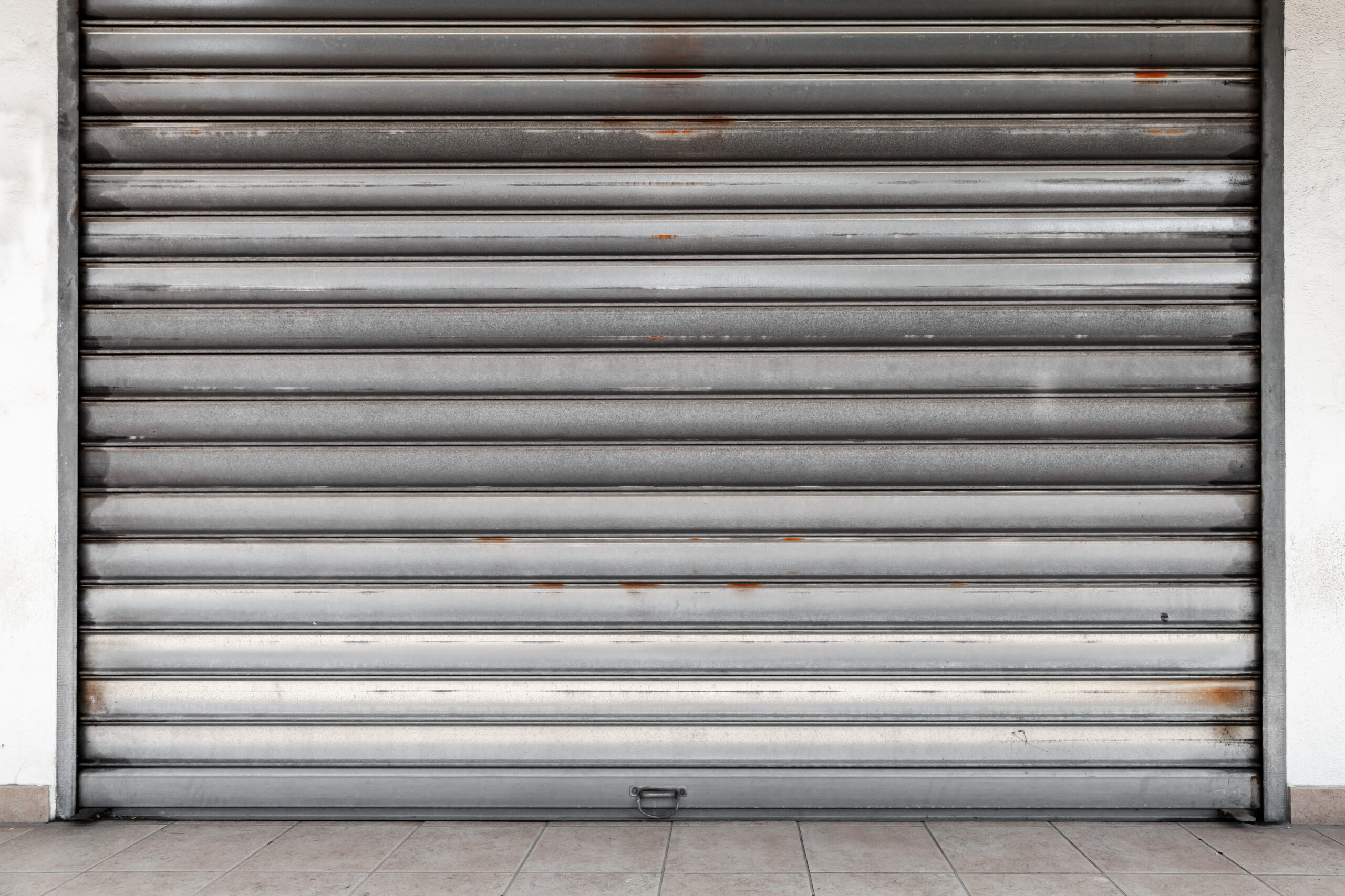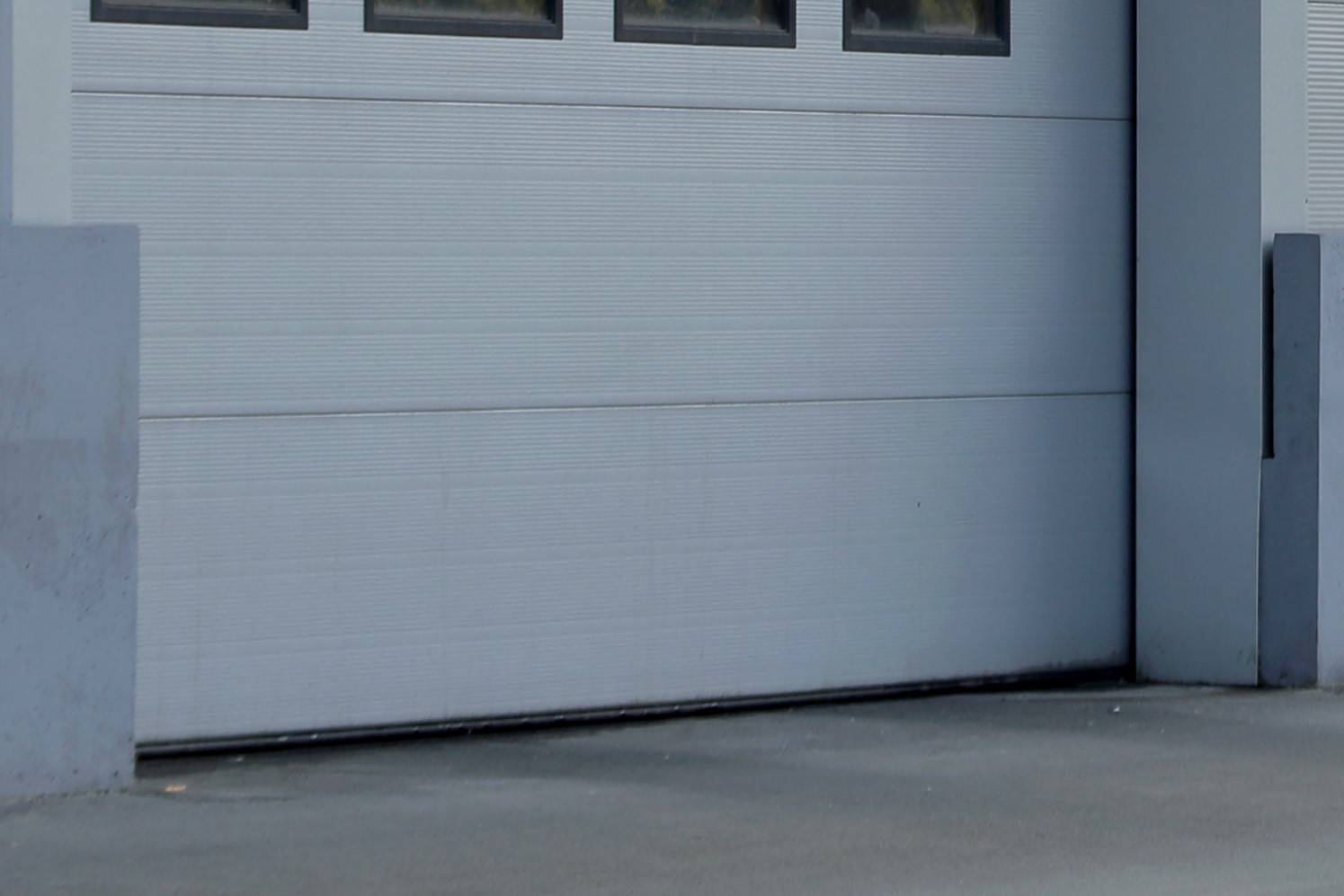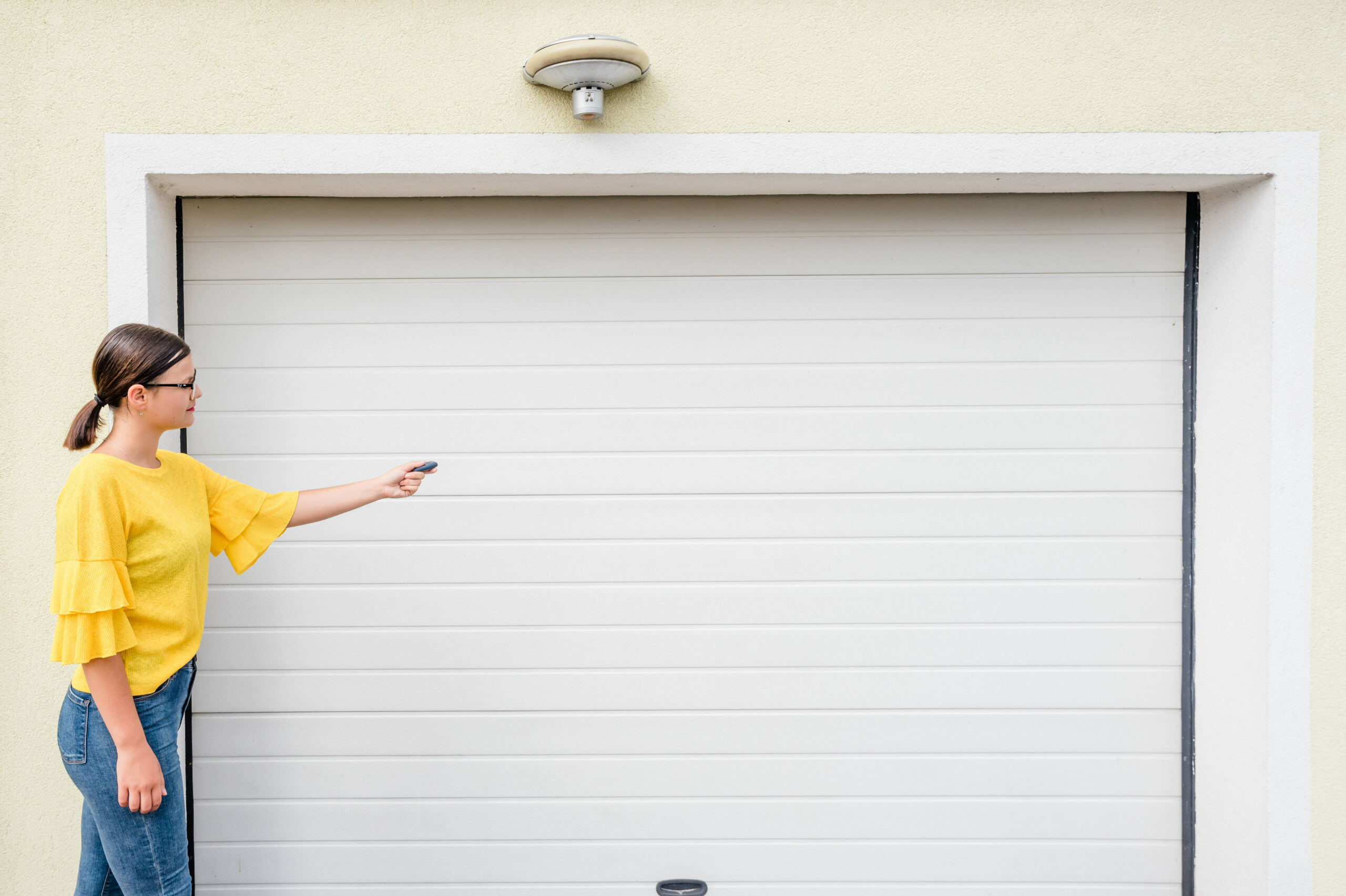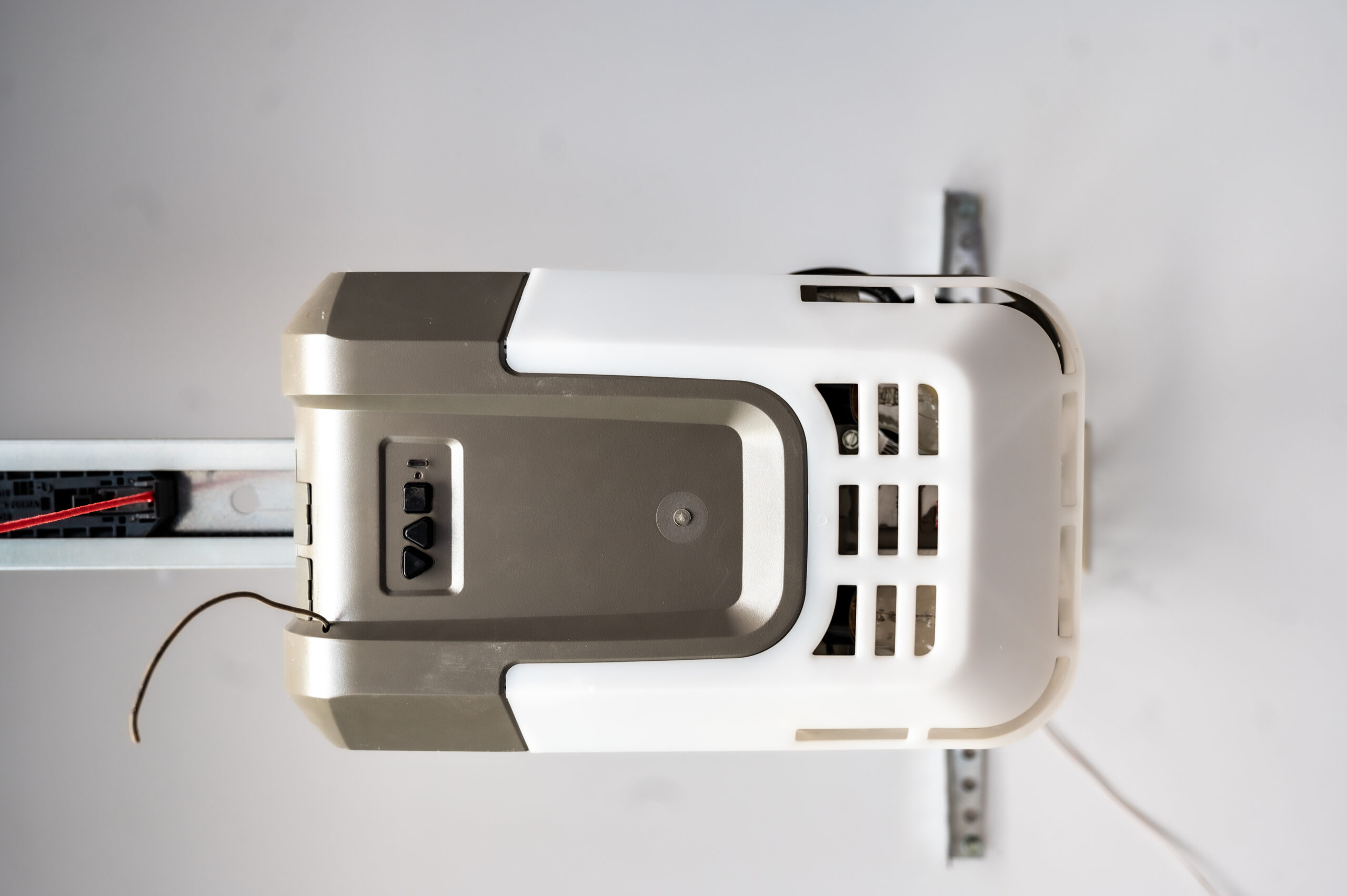When you hit the button on the wall-mounted unit or remote control to close your…

How to Remove Garage Door Rust
Over time, any faithful metal garage door is bound to develop some rust, which makes knowing how to remove garage door rust an important skill for any homeowner to learn. Rust stains are common in humid, coastal regions and are usually caused by long-term exposure to corrosive materials (such as road salt), snow and rain. Garage door rust won’t happen overnight but can be difficult to repair if not caught early. If ignored, garage door rust can prevent opening, lead to larger maintenance projects such as part replacement and can even create holes!
There are some extreme rust damage cases that call for professional garage door repair, but many small garage door rust problems are usually easy cosmetic fixes. With a little elbow grease and some vinegar, you’ll have ol’ faithful back to its former glory in no time.
4 Steps to Removing Garage Door Rust
So, how do you remove garage door rust? Before rushing into this home improvement project, make sure you have:
- Gardening or work gloves
- Cleaning-strength vinegar in a spray bottle
- Large sponge
- Gentle liquid soap
- Bucket of water
- Steel wool pad or sandpaper
- Bonus: glass of cold iced tea
Step One: Rinse.
Begin by closing your garage door completely. Fill up a large bucket with water and non-abrasive soap, then use your large sponge to give the garage door a good scrub from top to bottom. After all the surfer-level grime is removed, make sure to rinse all the soap and towel dry the door before attempting to remove any rust.
Step Two: Remove the Rust.
This next step can vary on the severity of the rust staining. For smaller rust stains, take your bottle of household vinegar, spray it around the rusted area, and let sit for 10 minutes. The chemical composition of cleaning-grade vinegar will react to the rust, lifting and later dissolving it. Once the vinegar has had time to sit, take a microfiber cloth and wipe off the rust. For tougher stains, other cleaning agents such as baking soda and diluted bleach can be used as well.
Step Three: Repair the Holes.
For rust damage that has been left to its own devices, sanding tools may need to be used. This is often seen between panels or in the lower corners of garage doors. For more extensive garage door rust damage, let the rusted area soak in vinegar and baking soda, rinse the solution off, then use a steel wool pad or higher-grade sandpaper to file down the rusted surface and edges. Sanding these areas may remove paint. If a few touch-ups are needed, just make sure to use primer and rust-resistant paint. To patch up minor holes, auto body filler can be used to fill in the gaps; however, if the holes are too extensive, it may be best to leave this to the professionals.
Step Four: Prevent Future Rust.
The last step is to safeguard against future garage door rust. As mentioned previously, making sure to use rust-resistant primer and paint is an excellent way to preserve your garage door. Cleaning your garage door a couple of times a year (especially after the winter season) can help reduce exposure to corrosive road salt.
When to Consult the Professionals
Of course, you’ll want to address rust spots before they affect your curb appeal. If caught early, removing garage door rust is an easy DIY garage door repair to do on a nice, sunny Saturday afternoon. Not only will these touch-ups keep your garage door running smoothly and bolster your curb appeal, but it will also save you the hassle of replacing parts of the garage door in their entirety.


